Search
Remove Ads
Advertisement
Summary 
Loading AI-generated summary based on World History Encyclopedia articles ...
Search Results
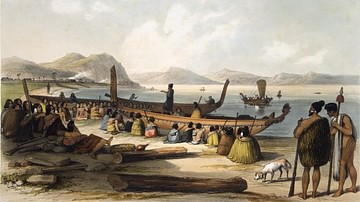
Article
Polynesian Navigation & Settlement of the Pacific
Polynesian navigation of the Pacific Ocean and its settlement began thousands of years ago. The inhabitants of the Pacific islands had been voyaging across vast expanses of ocean water sailing in double canoes or outriggers using nothing...

Article
Early Human Migration
Disregarding the extremely inhospitable spots even the most stubborn of us have enough common sense to avoid, humans have managed to cover an extraordinary amount of territory on this earth. Go back 200,000 years, however, and Homo sapiens...
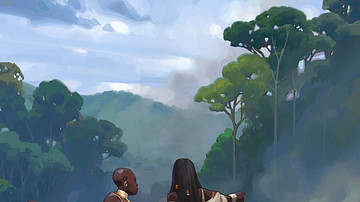
Definition
Bantu Migration
The Bantu migration from their origins in southern West Africa saw a gradual population movement sweep through the central, eastern, and southern parts of the continent starting in the mid-2nd millennium BCE and finally ending before 1500...
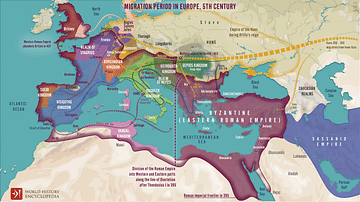
Definition
Migration Age
The Migration Period, also called the Barbarian Invasions or German: Völkerwanderung (wandering of the peoples), was a period of human migration that occurred roughly between 300 to 700 CE in Europe, marking the transition from Late Antiquity...
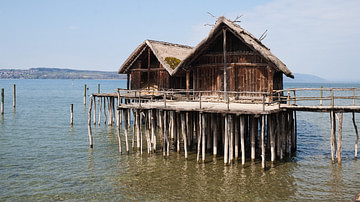
Article
Prehistoric Alpine Stilt Houses
Alpine stilt houses are a unique and fascinating aspect of prehistoric architecture in the Alps, which provide valuable insights into the lives and culture of the ancient communities. The houses were built by prehistoric communities living...

Article
Prehistoric Hunter-Gatherer Societies
Hunter-gatherer societies are – true to their astoundingly descriptive name – cultures in which human beings obtain their food by hunting, fishing, scavenging, and gathering wild plants and other edibles. Although there are still groups of...
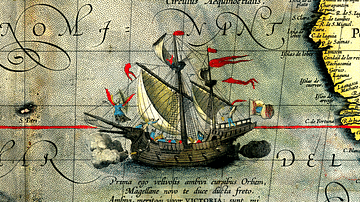
Definition
Ferdinand Magellan
Ferdinand Magellan, or Fernão de Magalhães (c. 1480-1521), was a Portuguese mariner whose expedition was the first to circumnavigate the globe in 1519-22 in the service of Spain. Magellan was killed on the voyage in what is today the Philippines...
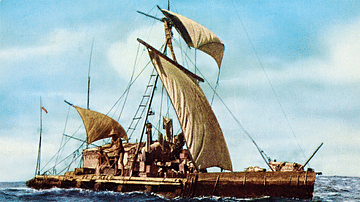
Definition
Kon-Tiki Expedition - Thor Heyerdahl's Epic Crossing of the Pacific in a Raft
The Kon-Tiki expedition of 1947, led by the Norwegian Thor Heyerdahl (1914-2002), successfully crossed 8,000 km (5,000 miles) of the Pacific Ocean from Peru to the Tuamotu Islands on a balsa-wood raft. The aim of the expedition was to demonstrate...
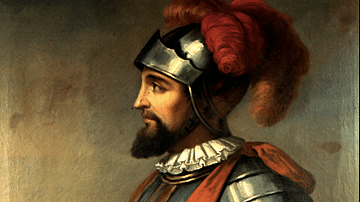
Definition
Vasco Núñez de Balboa
Vasco Núñez de Balboa (1475-1519) was a Spanish conquistador who famously discovered the Pacific Ocean after crossing the isthmus of Panama in 1513. An utterly ruthless adventurer and colonizer, Balboa was as much a danger to his fellow conquistadors...
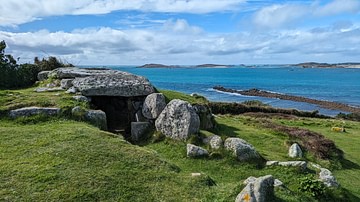
Image Gallery
Prehistoric Isles of Scilly
The Isles of Scilly are a small island group west of Cornwall. Despite their small size, they abound in prehistoric sites dating from the Stone Age to the Bronze Age, including cairns, burial chambers and passage graves. While prehistoric...